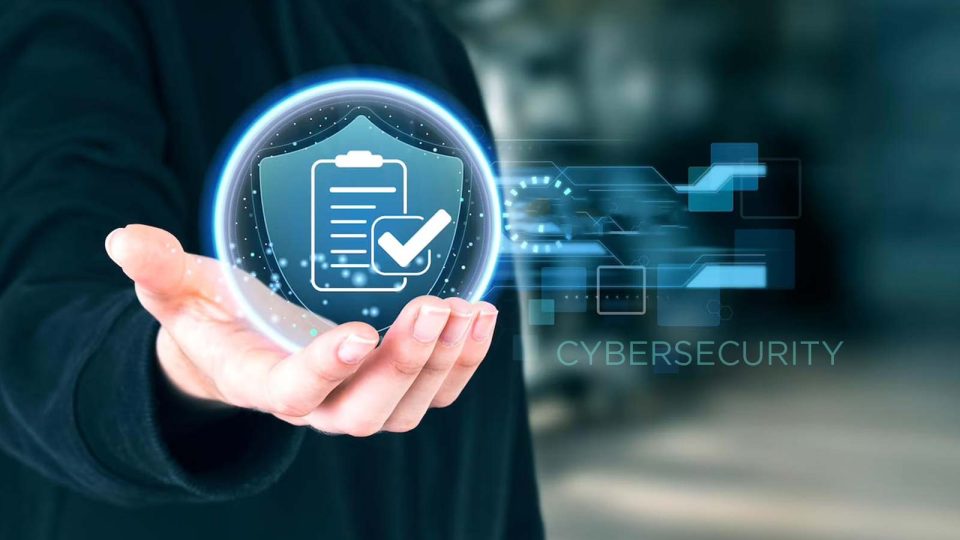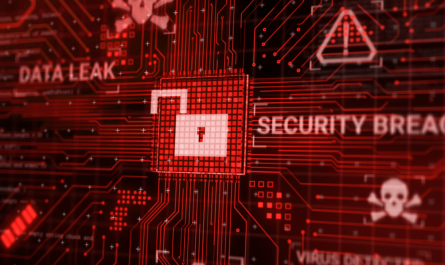As technology advances, so do the methods that cybercriminals use to exploit it. Businesses, governments, and individuals are facing increasingly complex cybersecurity challenges, making robust defense strategies more critical than ever. With 2025 approaching, organizations are investing heavily in cybersecurity technologies, including artificial intelligence (AI) solutions, cloud security, and identity management systems, to prevent sophisticated attacks.
Experts have identified the top 11 cybersecurity trends for 2025, highlighting the emerging risks, innovations, and strategies that organizations need to focus on in the coming year. Understanding these trends is essential to staying ahead of cyber threats and protecting sensitive data.
1. Risks from Non-Human Identities in Identity and Access Management (IAM)
Identity and Access Management (IAM) has evolved from a simple IT function into a critical operational requirement. In 2025, the focus will increasingly shift to non-human identities, such as system accounts, automated scripts, and AI-driven processes. Cybersecurity leaders, including CISOs, are prioritizing system resilience and closing security gaps caused by these non-human accounts.
IAM will no longer just be about user authentication; it will involve proactive monitoring, continuous validation, and comprehensive risk management to protect sensitive systems from automated and bot-driven attacks. This trend reflects a broader understanding that IAM is crucial for both operational integrity and customer safety.
2. Rise of Cyber Fraud Fusion Centers
The rise of cyber fraud fusion centers marks a major shift in how organizations combat sophisticated threats. These specialized centers integrate expertise, tools, and intelligence from both cybersecurity and fraud prevention teams.
Industries like e-commerce, banking, fintech, and gaming are particularly focused on these centers, which enable faster detection of complex attacks and coordinated responses. By combining cybersecurity analytics with fraud investigation capabilities, organizations can mitigate financial losses and prevent reputation damage more effectively.
3. Increase in AI-Powered Threats
Artificial intelligence is a double-edged sword in cybersecurity. While it offers enhanced detection and response capabilities, AI is also being weaponized by cybercriminals. In 2025, AI-powered phishing, injection attacks, and automated intrusion attempts are expected to increase significantly.
Attackers are leveraging AI to identify system vulnerabilities, bypass traditional defenses, and target users with highly personalized social engineering attacks. Organizations will need to implement AI-driven detection systems and continuously train employees to recognize evolving threats.
4. Single-Pane-of-Glass Cloud Security Management
With the rise of cloud-based infrastructure, organizations are seeking centralized dashboards to monitor and manage security across multiple platforms. This “single pane of glass” approach allows security teams to track unusual activity, detect anomalies, and respond to incidents quickly.
By consolidating cloud security monitoring into one platform, organizations can reduce the time needed to resolve threats, minimize damage, and maintain regulatory compliance. Cloud-native tools and integrated AI will play a crucial role in these centralized security operations.
5. Supply Chain and Manufacturing Security
Supply chain security has become a critical concern, as cybercriminals increasingly target vulnerabilities in third-party vendors. Breaches in supply networks can have cascading effects, impacting multiple industries simultaneously.
Organizations are advised to implement strict third-party risk management policies, perform regular security audits, and adopt best practices to ensure that suppliers and partners adhere to robust cybersecurity standards. Manufacturing sectors, in particular, are expected to prioritize cybersecurity in 2025, as attacks on operational technology can lead to physical damage and operational disruption.
6. Continued Use of AI by Cybercriminals
AI will remain a powerful tool for cybercriminals in 2025. Deepfake technology, for example, can be used to impersonate business executives, manipulate communications, and defraud organizations of large sums. These AI-enabled attacks could also compromise biometric authentication systems, such as facial recognition or voice-based verification.
Organizations must remain vigilant, deploy AI-powered defenses, and educate employees on the risks associated with synthetic identities and AI-generated attacks.
7. Rise of Autonomous Cloud Attacks
Cyberattacks on cloud infrastructure are becoming increasingly automated and AI-driven. Attackers are expected to exploit open-source tools, pre-built attack scripts, and automation techniques to maximize the impact of their campaigns.
Organizations must strengthen cloud security postures, monitor for unusual behavior, and implement AI-based anomaly detection to defend against these autonomous threats.
8. Decline of Smash-and-Grab Operations
Traditional, opportunistic cyberattacks—often referred to as “smash-and-grab” operations—are expected to decline in favor of long-term, strategic attacks. Cybercriminals are targeting overlooked sectors such as construction, agriculture, and gasoline, where security measures are weaker but the potential rewards are significant.
Security teams will need to adopt a proactive, intelligence-driven approach to identify and mitigate these long-term threats, rather than relying solely on reactive measures.
9. Increased Regulation of Cloud Security
Global regulators are expected to increase oversight of cloud security practices. Poor cloud hygiene, weak access controls, and insufficient detection mechanisms make cloud infrastructure a prime target for hackers.
Organizations will face stricter regulatory requirements in 2025, with mandatory reporting standards, continuous monitoring obligations, and enforced best practices. Proactive compliance, investment in secure cloud infrastructure, and regular audits will become essential for minimizing legal and operational risks.
10. Increased Role of Generative AI
Generative AI is expected to play a growing role in cybersecurity operations. Security teams will integrate GenAI into their monitoring and response workflows to augment human analysts, automate threat detection, and simulate potential attack scenarios.
By leveraging AI-generated insights, organizations can predict attack patterns, optimize defense strategies, and reduce response times. Generative AI will become a key component of Security Operations Centers (SOCs) and threat intelligence platforms.
11. Growth of Zero Trust Architecture
The adoption of Zero Trust security models will continue to accelerate. In a Zero Trust environment, implicit trust is eliminated, and every user, device, and network interaction is continuously verified.
This approach enhances protection against insider threats, compromised credentials, and lateral movement within networks. Organizations implementing Zero Trust principles can enforce stricter access controls, monitor user behavior, and reduce the likelihood of breaches.
Conclusion
As cyber threats evolve in sophistication, organizations must adopt smarter, faster, and more adaptive security strategies. The top cybersecurity trends for 2025—ranging from AI-powered attacks and deepfake impersonations to zero trust architectures and supply chain security—highlight the need for continuous vigilance and innovation.
Businesses, governments, and individuals must stay ahead of cybercriminals by embracing AI, cloud security, identity management, and regulatory compliance. By understanding and preparing for these trends, organizations can protect their data, maintain trust, and minimize the impact of cyberattacks in the rapidly changing digital landscape.




